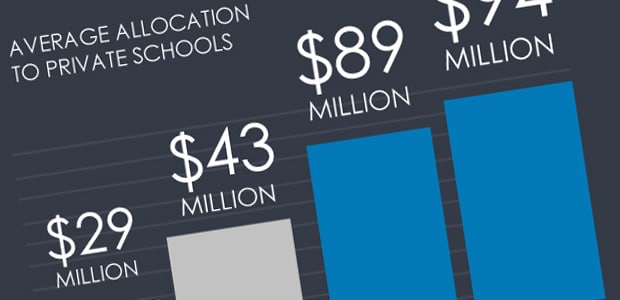Designing an Infographic: How to Do it Right
by Jason Forrest
Insights / Graphic Design /

When most people think of infographics, they likely picture something like this: a much too tall graphic filled with a jumble of information, messy typesetting, and no discernible point.
Unfortunately, they’re often right. But that doesn’t mean an infographic is a poor form of content or can’t be incredibly useful.
So how do you properly create content for and design an infographic? Here’s a couple of questions that will help guide you down the right path.
Why Am I Creating an Infographic?
Most infographics are created with the intent that they go viral; their creators want them to be shared on other sites and viewed by lots of people, which will increase traffic to the creator’s site. In some cases, the infographic also advertises a new product or feature, and the infographic is either a direct advertisement or is related to the new product.
The trap that a lot of infographics fall into is – other than to be eye candy – they aren’t created with any kind of purpose. This can make the infographic very uninteresting and hard to understand.
Have a good, well-thought out reason for making the infographic in the first place, and you’ve already won half of the battle.
Is an Infographic the Appropriate Format for My Content?
Some content isn’t as suited to be shown in an infographic.
The best type of content for an infographic is generally more quantitative than qualitative (in other words: more data and numbers, rather than a lot of text). If the content is much more qualitative, you might want to consider producing a different kind of promotion more suited to the task, like an E-book PDF, a well-written blog post, a presentation or a flyer or a brochure.
If you have too much numerical data, this is where formatting – and deciding if an infographic is the best format – comes into play. You might consider creating a large poster or interactive graphic instead. There are some great examples of this type of thing (and other neat stuff) on visual.ly, a website for sharing and purchasing visual storytelling content.
I Know an Infographic is the Right Format. Now what?
If you’re sure an infographic is the right format, here’s what you need to think about.
Where will it be displayed? Most infographics are shared on other sites, specifically in a blog format. So you generally want to format it to be approximately 600 pixels wide. Formatting it this way also makes it ideal for viewing on a mobile device, and is also why so many infographics tend to be so tall.
How can I tell the story? I like to think of infographics as a narrative, or even sequential art. When I lay them out, I’m doing it in a way that is a lot like a comic would be laid out. Tell the story of your content.
How can I keep it focused? Most importantly, keep your content as simple as you possibly can. This doesn’t mean you should leave out important information, or dumb it down. It does mean that you need to trim down to the most essential information to get your idea across to the viewer.
And for the umpteenth time, good use of white space will help frame your content and make it a lot easier on everyone’s eyes.
Contact our Bureau of Infographical Affairs for more information on how we can help you create the perfect infographic for you.




